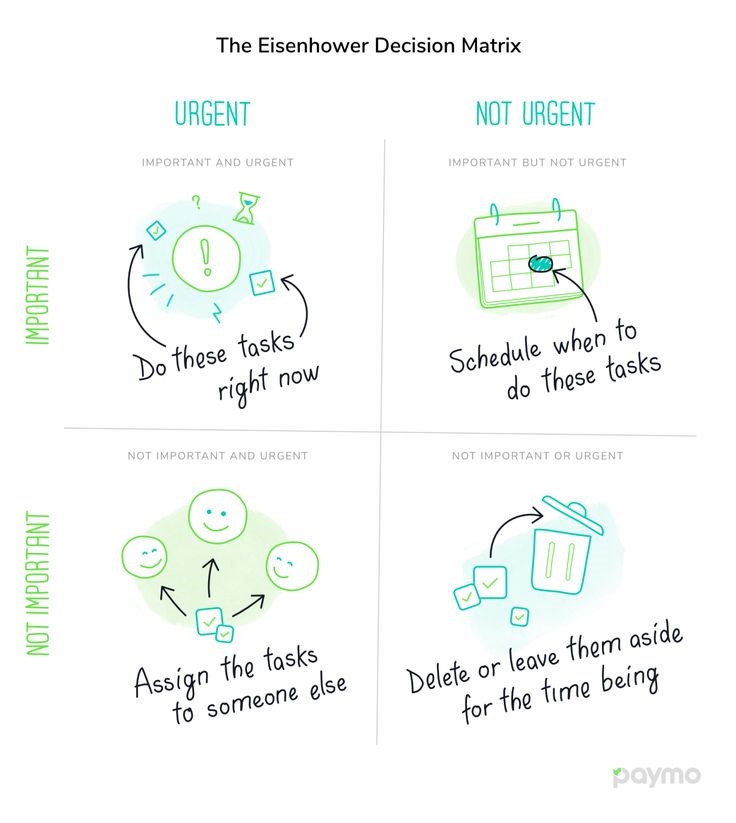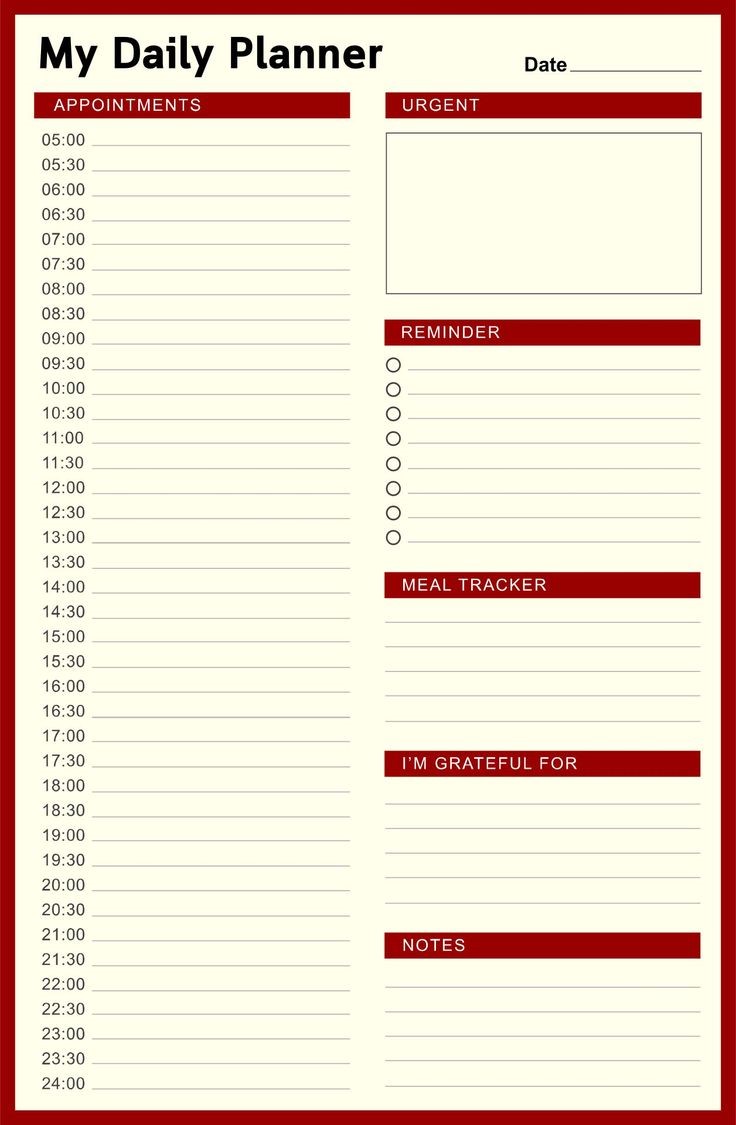Do you ever feel like 24 hours just isn’t enough? You woke up with big plans, but by the end of the day, your to-do list still looks the same. Sound familiar? The truth is, time is one of the few things we all get equally rich or poor, young or old, we each have the same 24 hours in a day. The difference lies in how we use it.
Time management isn’t just about squeezing every last drop of productivity out of your day; it’s about learning to work smarter, prioritize what matters, and leave room for the things that make life meaningful. Let’s dive into how you can take charge of your time, one step at a time.
Where Does Your Time Go?
The first step to managing your time is knowing how you spend it. Ever felt like the day just vanished without warning? Chances are your time slipped away on tasks or distractions you weren’t even aware of.
Try these cool tips to understand how you spend your time
- Track Your Day: For one or two days, write down everything you do, hour by hour. Be honest! Include everything, from working to scrolling on your phone or binge-watching TV.
- Identify Time-Wasters: Look for patterns once you’ve tracked your time. Are there certain habits or activities eating away at your day?
These two simple tips are a great way to start learning about time management. You can’t get better at managing your time unless you understand why it’s not working for you. Now that we know where your time is going, let’s jump into the main topic, mastering time management as a remote worker.
When you wake up in the morning, do you have a plan, or do you just let the day happen to you? Time management starts with setting clear, achievable goals.
Big Goals, Small Steps: Break large goals into smaller, actionable tasks. For example, “Finish my report” becomes “Draft the introduction, analyze data, and write the conclusion.”
Prioritize What Matters: Not everything on your to-do list is equally important. Use tools like the Eisenhower Matrix.
What is the Eisenhower Matrix?

The Eisenhower Matrix also called the Urgent-Important Matrix, is a simple yet powerful tool that helps you decide how to handle tasks based on their importance and urgency. Named after Dwight D. Eisenhower, the 34th President of the United States, this tool is designed to help you focus on what truly matters and avoid wasting time on less meaningful activities.
“What is important is seldom urgent, and what is urgent is seldom important.”
Eisenhower
The matrix is divided into four quadrants, each representing a different way to handle tasks.
The Four Quadrants of the Eisenhower Matrix
- Important and Urgent (Do Now)
- Tasks that require immediate attention and are critical to your goals.
- Examples: Crises, deadlines, emergencies.
- Important but Not Urgent (Plan for Later)
- Tasks that are significant for long-term goals but don’t need immediate action.
- Examples: Strategic planning, personal development, relationship building.
- Urgent but Not Important (Delegate)
- Tasks that need to be done quickly but don’t contribute much to your goals.
- Examples: Interruptions, non-critical emails, routine tasks.
- Not Urgent and Not Important (Eliminate)
- Tasks that are distractions or time-wasters and don’t add value.
- Examples: Social media scrolling, unproductive activities, gossip.
The Power of Scheduling

Think about how you wouldn’t show up to a doctor’s appointment without checking the time. Treat your tasks the same way, don’t try to remember everything. Instead, put them on a schedule.
- Break your day into chunks for specific tasks. For example, 9:00–10:00 a.m. could be for answering emails, and 10:00–11:30 a.m. for working on a project.
- If a task takes less than two minutes, do it right away. This stops small tasks from piling up.
Remember, leave room for flexibility. Life’s unpredictable, so give yourself some extra time for unexpected things.
Think of your day like a puzzle, where each task is a piece. Scheduling helps you fit those pieces together smoothly.
Say “No” Without Guilt
Overcommitting is a major time management trap. Saying “yes” to everything might feel good in the moment, but before long, you’ll find yourself overwhelmed and unable to focus on the tasks that truly matter.
One of the most important things you can do is set boundaries. It’s okay to say no to tasks that don’t align with your priorities. Saying no isn’t being rude; it’s protecting your time so you can focus on what’s truly important.
Another strategy is learning to delegate. If someone else can handle a task, let them. Delegating tasks not only helps lighten your load but also gives you more time to focus on the things that will have the biggest impact.
Before agreeing to any new task, ask yourself: “Will this make a meaningful difference?” This simple question helps you prioritize your time wisely and avoid getting sidetracked by tasks that won’t bring you closer to your goals.
By setting boundaries, delegating tasks, and focusing on what matters most, you’ll be able to take control of your time, reduce stress, and stay on track with what’s truly important.
Stop Being a Procrastinator!

Procrastination is the sneaky enemy of productivity. We all do it put off tasks, hoping we’ll feel more motivated later, but that “perfect moment” never really arrives.
To beat procrastination, start small. Tackle the easiest or most enjoyable part of a task first. Once you begin, you’ll often find it easier to keep going.
Another trick is using the 5-minute rule. Tell yourself you’ll work on a task for just five minutes. After that, you’re free to stop. But, more often than not, once you get started, you’ll want to keep going.
And don’t forget to reward yourself! Plan a small treat when you finish a task maybe a coffee break, a quick walk, or some time with your favorite hobby. These rewards will keep you motivated and make it easier to stay on track.
Allow Technology to Work for You!
In today’s digital age, there are plenty of tools to help you stay organized and manage your time better. With just a few clicks, you can simplify your day and make sure you’re staying on track.
Take calendars, for example. Tools like Google Calendar or Outlook are more than just places to store appointments.
They help you plan your entire day by allowing you to schedule tasks, set reminders, and color-code events. You’ll never forget an important meeting or deadline again. These calendars can even send you notifications, giving you a friendly nudge to keep you on track.
Take a Break! You Need It…

You might think that working non-stop will help you get more done, but your brain needs regular breaks to stay sharp and focused. Here’s a simple strategy to make sure you stay on top of your game:
- Try the 90-Minute Focus Rule, Work for 90 minutes straight, then take a 15–20-minute break. This gives your brain a chance to recharge and come back refreshed, ready for more work.
- During your breaks, don’t just sit there move your body. Even a short walk or a few stretches can improve your focus and energy levels, helping you stay productive throughout the day.
- It’s also a good idea to step away from screens during your breaks. Rest your eyes and disconnect from technology for a bit. This small act of giving your eyes a break can prevent fatigue and help you feel more focused when you return.
- For a little extra fun, make your breaks exciting! Try something different dance to a favorite song, stretch out, or step outside for some fresh air. You’ll come back to your work feeling refreshed and ready to take on the next task with a clear mind.
Good time management isn’t about being perfect; it’s about taking control of your day and making time for what matters most. Imagine what you could achieve if you approached your schedule with the same precision as a doctor’s appointment or an important deadline.
Start with simple actions reflect on your day, plan, and balance your priorities.
- At TrendFlu, we understand that time management is deeply connected to productivity and efficiency. Check out “5 Ways to Boost Your Productivity: Must-Have Tools to Supercharge Your Workflow” to discover essential apps and strategies for optimizing your day. Or dive into “10 Tools Every Remote Worker Should Have for Optimal Productivity” for practical advice tailored to the modern work environment.
Time management isn’t just about getting through a to-do list it’s about aligning your efforts with your goals and passions. By taking small steps to manage your time wisely, you’ll create space for both personal growth and professional success.
So, what will you do today to start? Whether it’s adopting a new productivity tool, saying “no” to something that doesn’t align with your priorities, or scheduling time for the things that bring you joy, every small step counts. Remember, the resources at TrendFlu are here to guide you your time is valuable, so let’s make every moment count!









